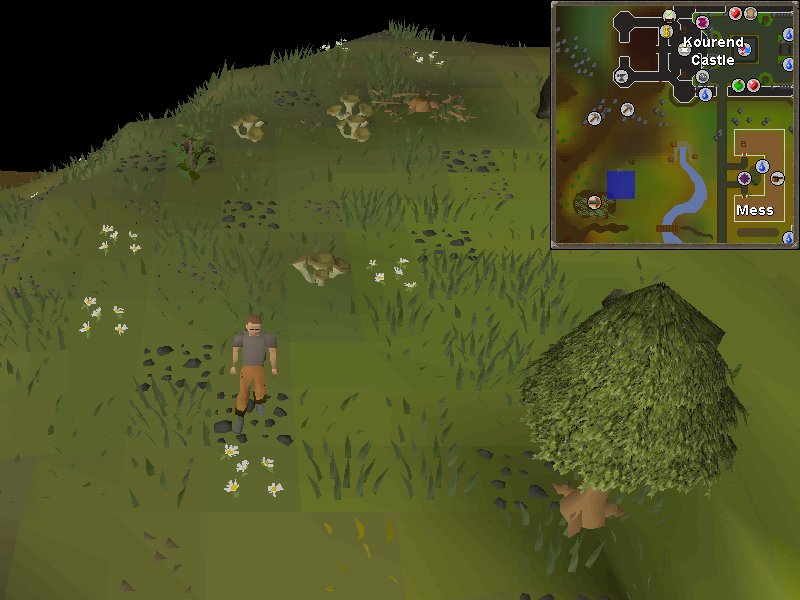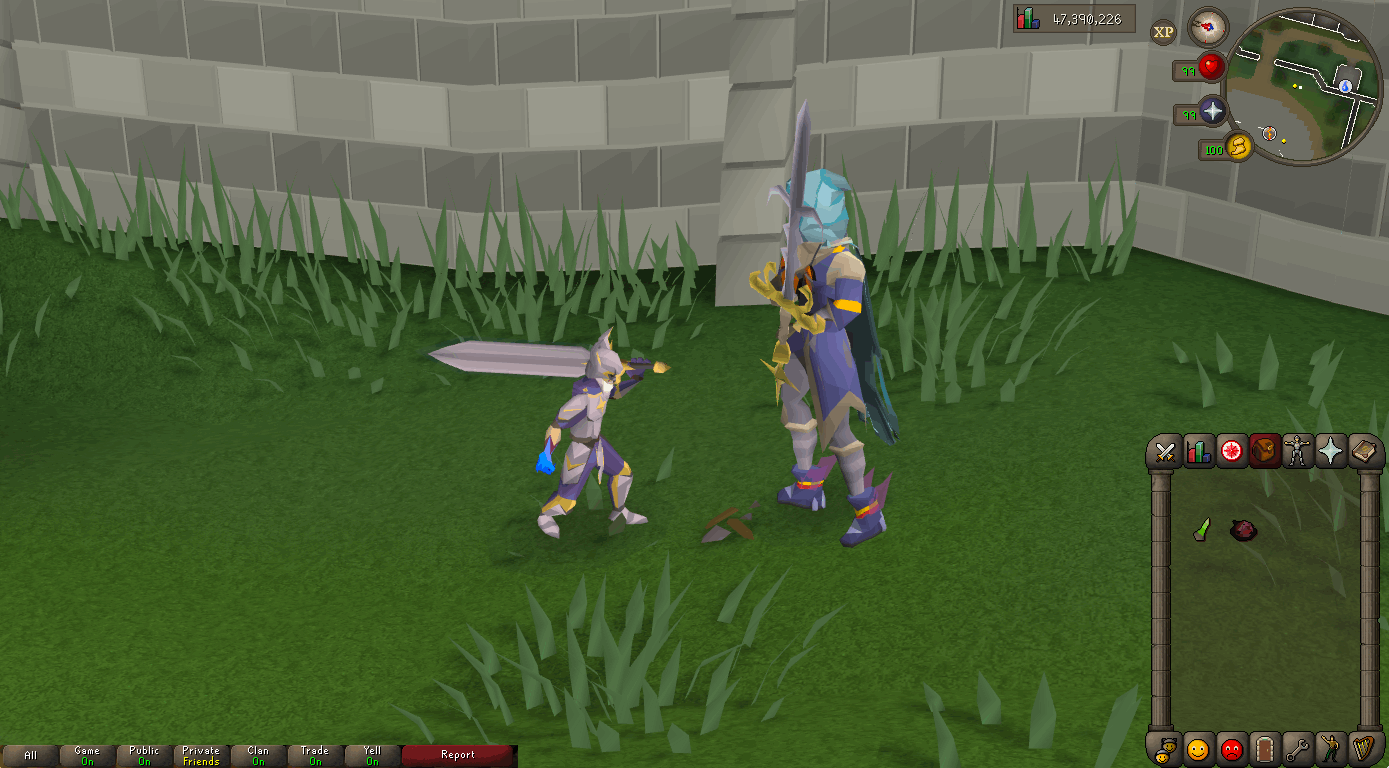

'About 'The Dig' - lovely film! Two problems with women: 1 - the women - Mercie Lack & Barbara Wagstaff - who actually did the photography are replaced by 'Cousin Hugo' 2 - Carey Mulligan is mid-30s, Edith Pretty was mid-50s - was there no actor of the correct age. Carey Mulligan, the actress playing her, is 35. My one complaint currently is that, at the time of the Sutton Hoo discovery, Edith Pretty was 54 years old. It's really interesting! A bit along the lines of Downton Abbey. 'I'm watching 'The Dig' about the Sutton Hoo discovery. 'I enjoyed The Dig (on but gosh what a missed opportunity to cast an age-appropriate actor to play the 55-year-old Edith Pretty, instead of the lovely but definitely-in-her-early-30's Carey Mulligan.

Why cast a 35-year-old actress in her role? Are #women in their fifties really that dispensable? Still? Pretty was 55 at the beginning of the dig. I think Carey Mulligan did a great job as Edith Pretty. Other viewers shared: 'I watched The Dig last night on and it left me wondering why an actor in their early/mid 30's (Carey Mulligan) was cast as Edith who at the time must have been a 56/57 year old woman. 'As long as women in their 30s play women in their 50s it perpetuates our invisibility.'įormer EastEnders actress Kacey Ainsworth, 52, responded: 'I feel v lucky to be in a show where both of the longest regular cast members are over 50 but it's a rarity.' Yorkshire collective Behind the Woman echoed Beatie's comments as they added: 'It's a crying shame to think of the wonderful actresses over 50 that could've played Mrs Pretty. We are 51 per cent of the population and still invisible in the culture.' 'In my experience, you're either cast because you're f***able and then rarely work until you're a granny. Poldark star Beatie Edney, 58, expressed her frustration at The Dig as she wrote on the platform: 'They just won't allow women over 40 on the screen, will they? Some of the treasures dated back to the Byzantine Empire, while some had travelled to Suffolk from the East, such as some jewellery set with Sri Lankan garnets.

The most-precious find of all was a sculpted full-face helmet, leading archologists to conclude the site was the final resting place of a 7th-century royal, probably Raedwald, a king of East Anglia.

The team pulled a haul of 263 ornate treasures from the earth in the Suffolk field. When the spectacular artefacts began to emerge from the mud, Mr Brown was removed from the dig as the experts took over, and was instead consigned to removing wheelbarrows of dirt from the site.Ī new team of archeologists was brought in by Phillips, including Stuart Piggott and his young wife Peggy. And as he dug, he found what was once the boat's treasure chamber, hidden under a large iron ring. He was also concerned, with Britain on the brink of war, that the dig would not be completed and the precious history would not be preserved before war broke out.īut Mrs Pretty fought Mr Brown's corner and he continued the excavation in the face of protest. He argued Mr Brown's lack of training was not suitable for the significance of the find. Over three months he excavated a 1,300-year-old ship, helped by the estate's gamekeeper and gardener, employed by Mrs Pretty for £1.50 per day.Įxperts from The British Museum intervened as news of the find got out, and Anglo-Saxon archaeological expert Charles Phillips tried to dismiss Mr Brown from the dig. Unable to ignore her interest any longer, she reached out to the museum in the nearby Suffolk town of Ipswich in 1937, who sent excavation assistant Basil Brown. In 1939, as tensions were rising in Europe and Britain was on the brink of the Second World War, Edith Pretty became increasingly fascinated with the large grass-covered mounds in the grounds of her home.
OSRS THE HELM OF RAEDWALD MOVIE


 0 kommentar(er)
0 kommentar(er)
